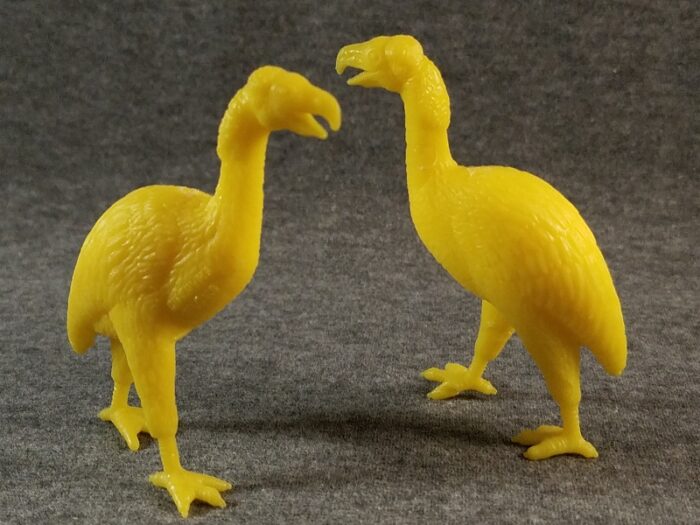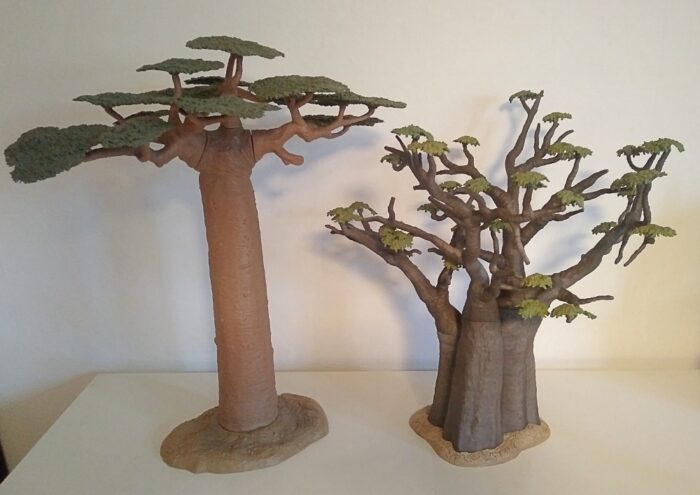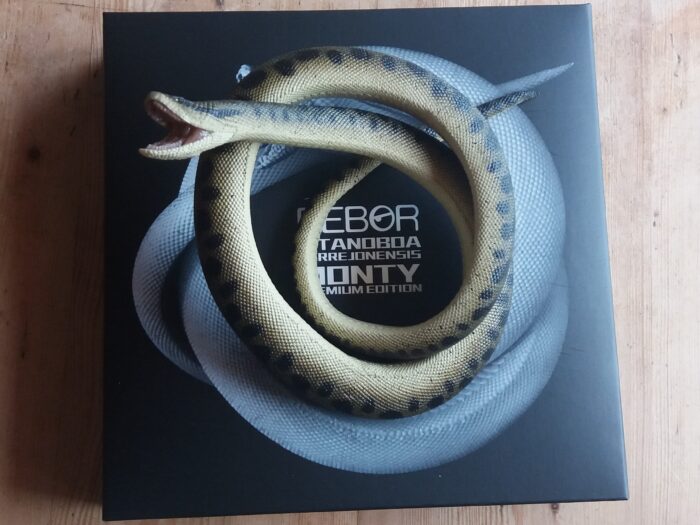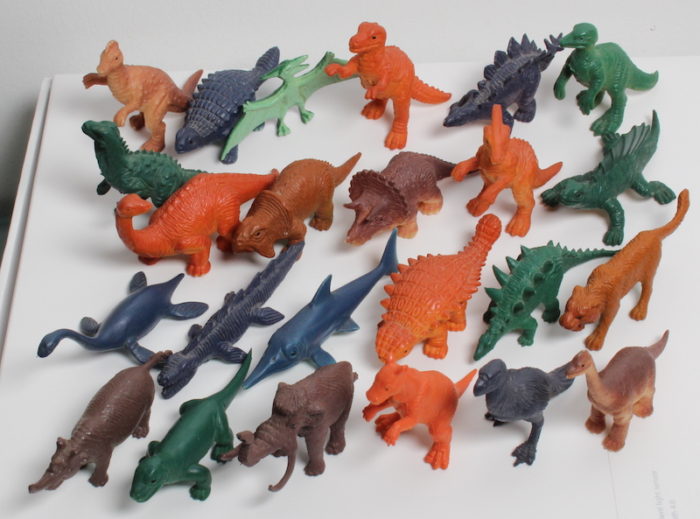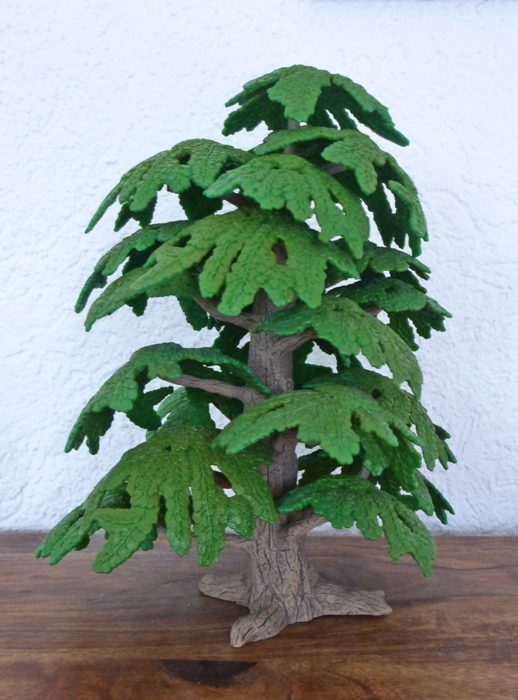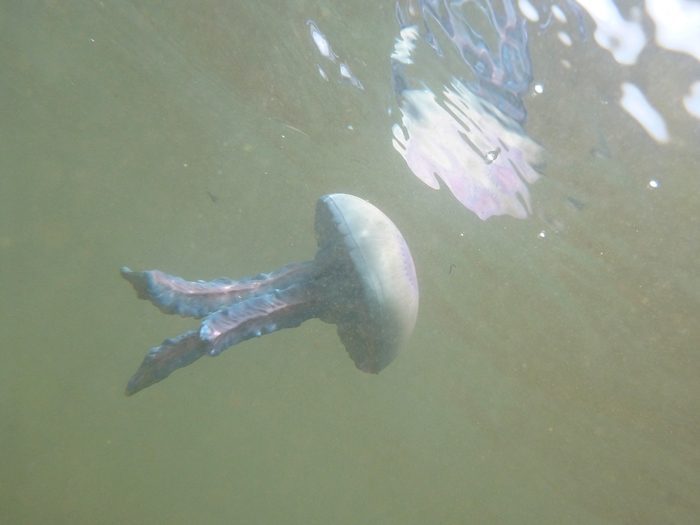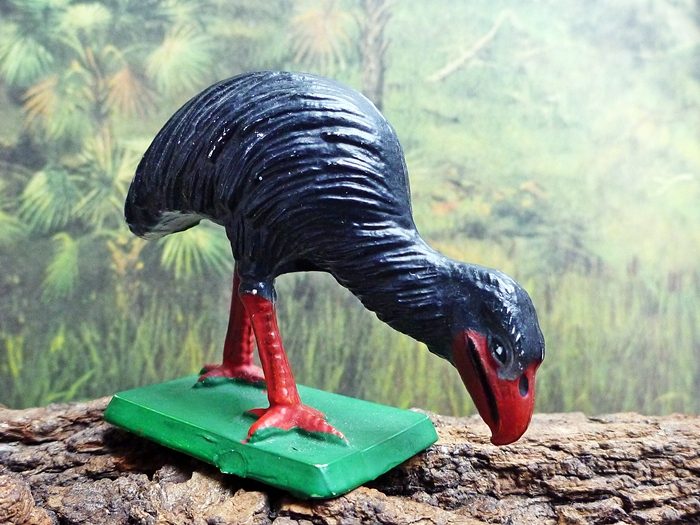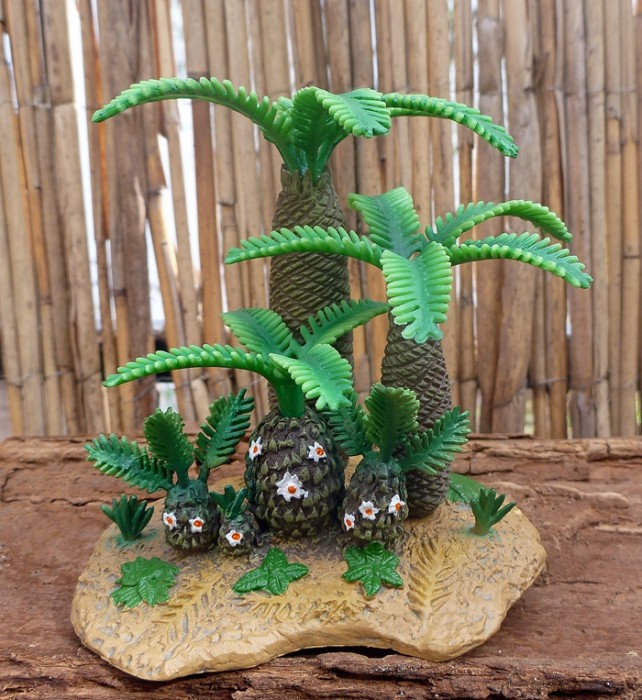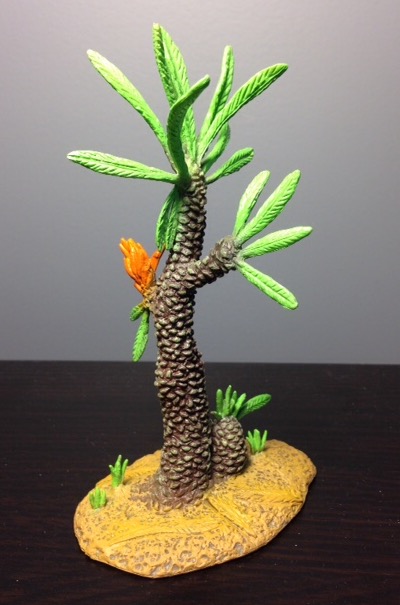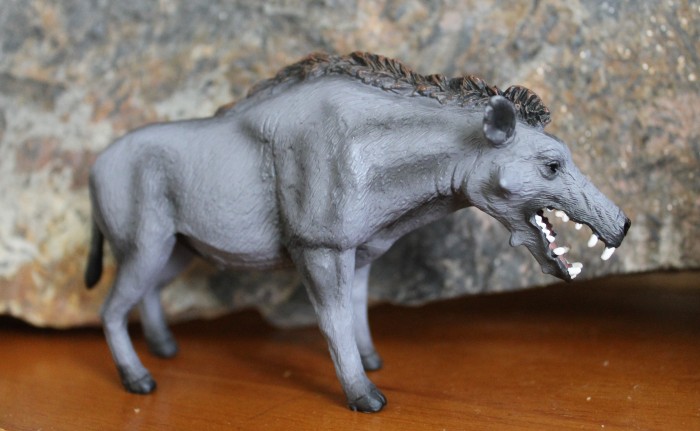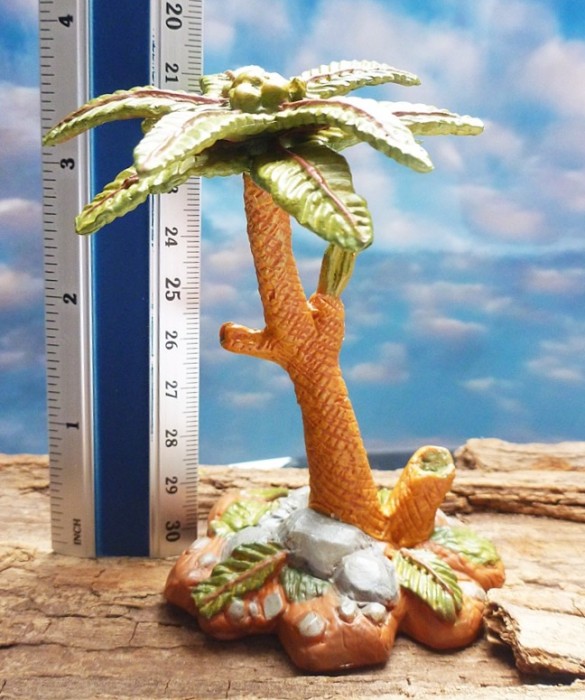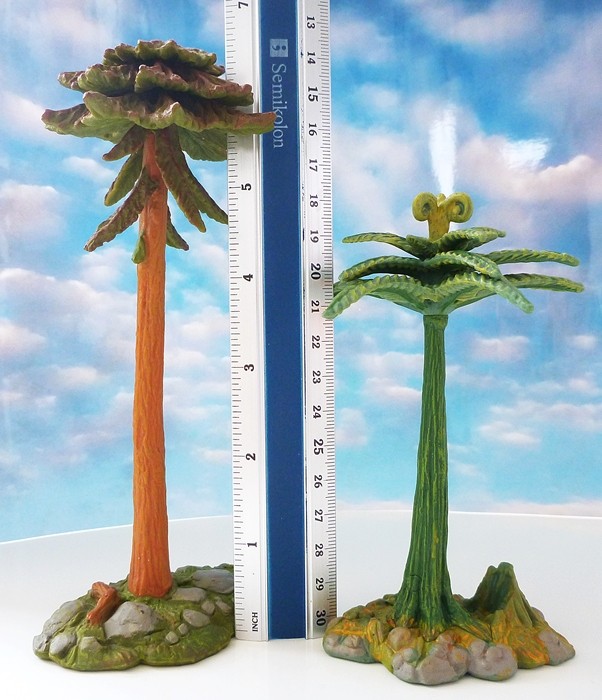MPC’s fifth group of prehistoric animals included one truly original mold in the form of Diatryma (ie Gastornis), one of the earliest plastic representations of this icon from the post-Mesozoic age.
During the 1950s and 1960s, interest in paleontology was starting its climb back to mainstream interest, and companies like Marx took the initiative to start producing dinosaurs and other prehistoric creatures in small plastic fashion for the first time, encouraging kids to create prehistoric worlds in their own homes.

